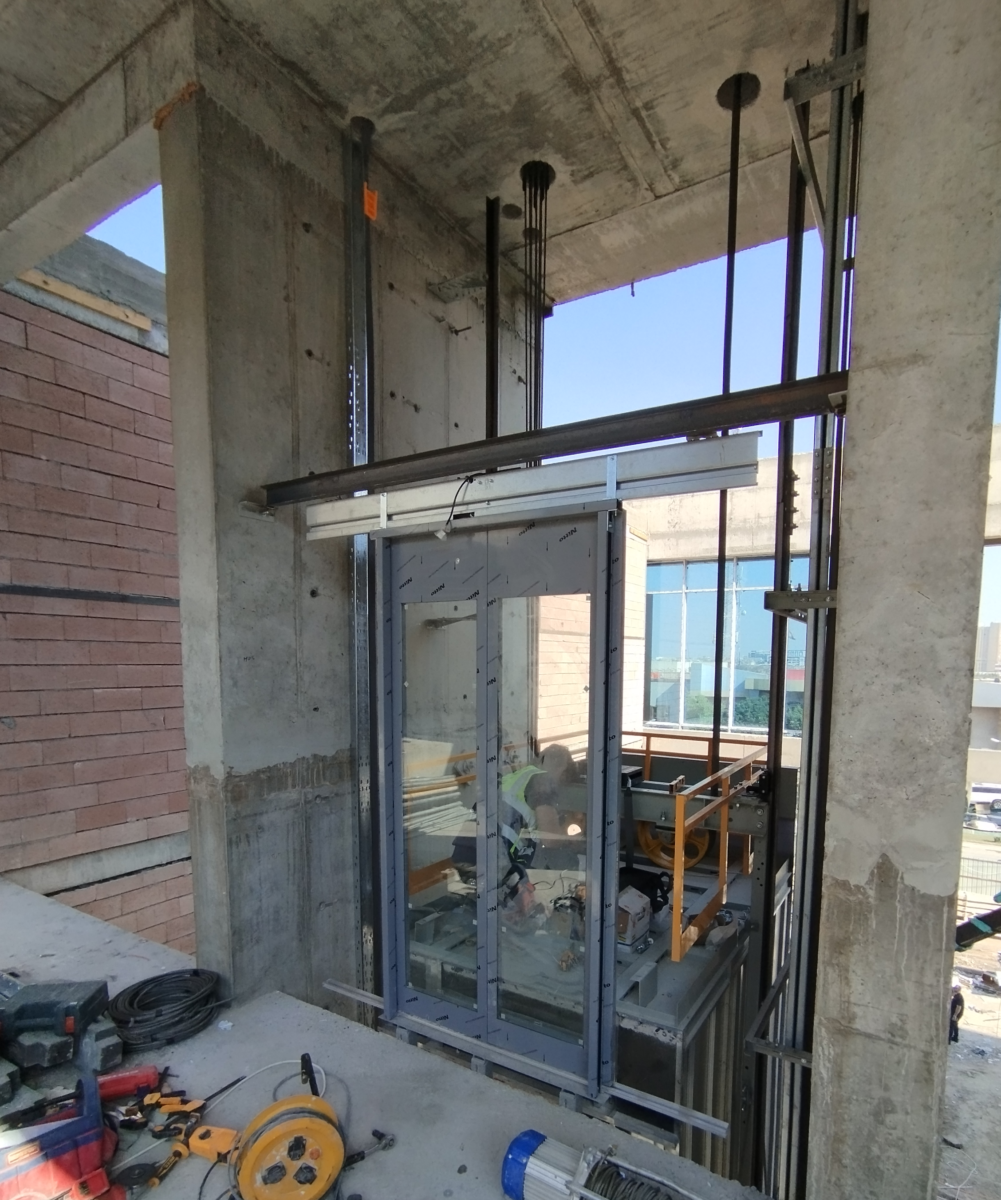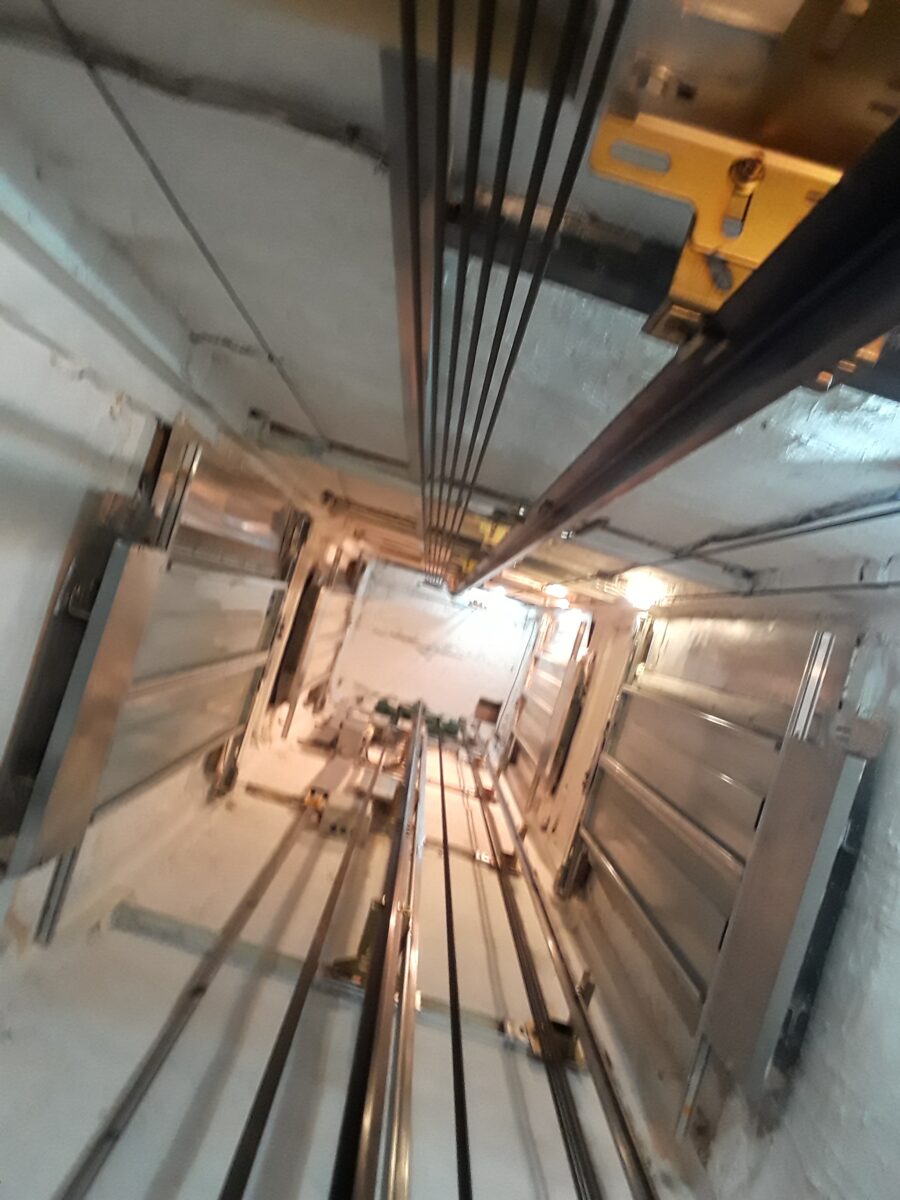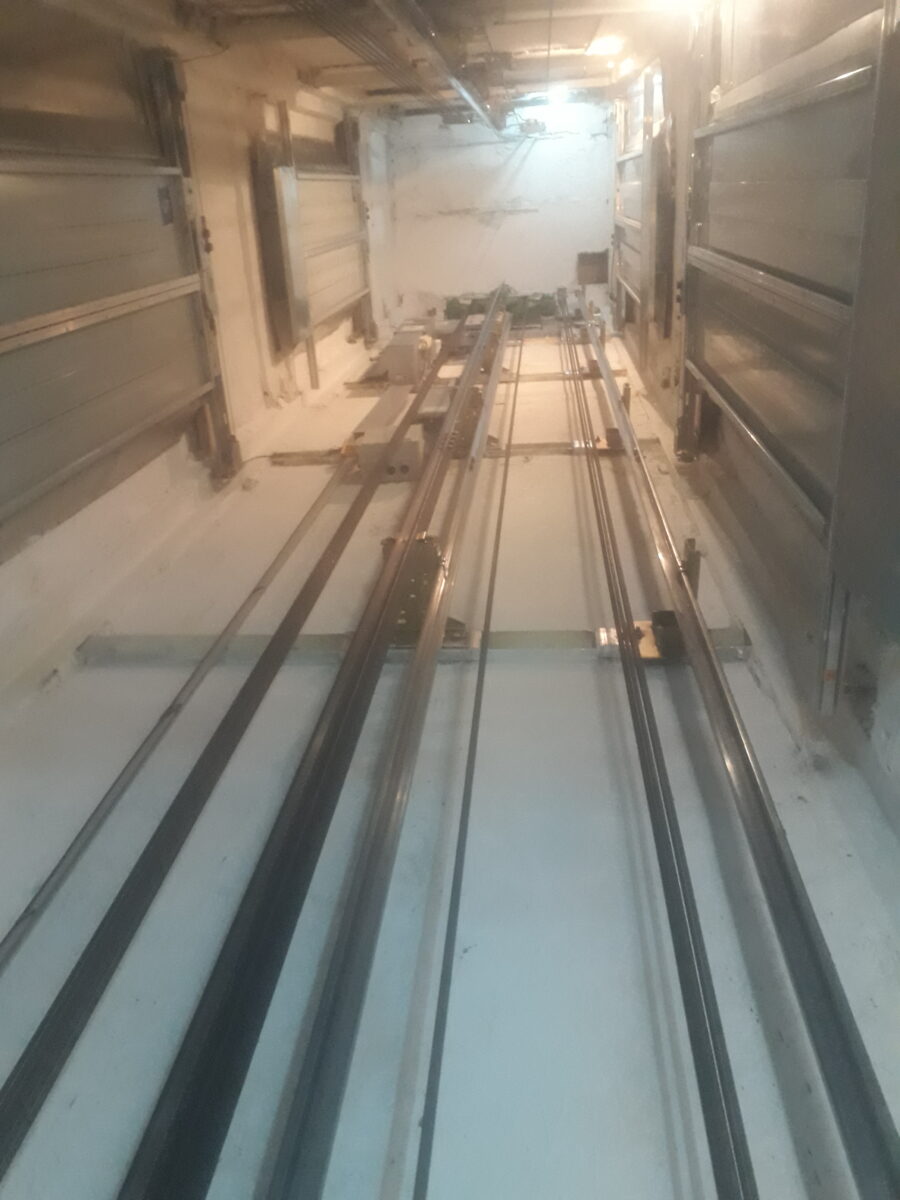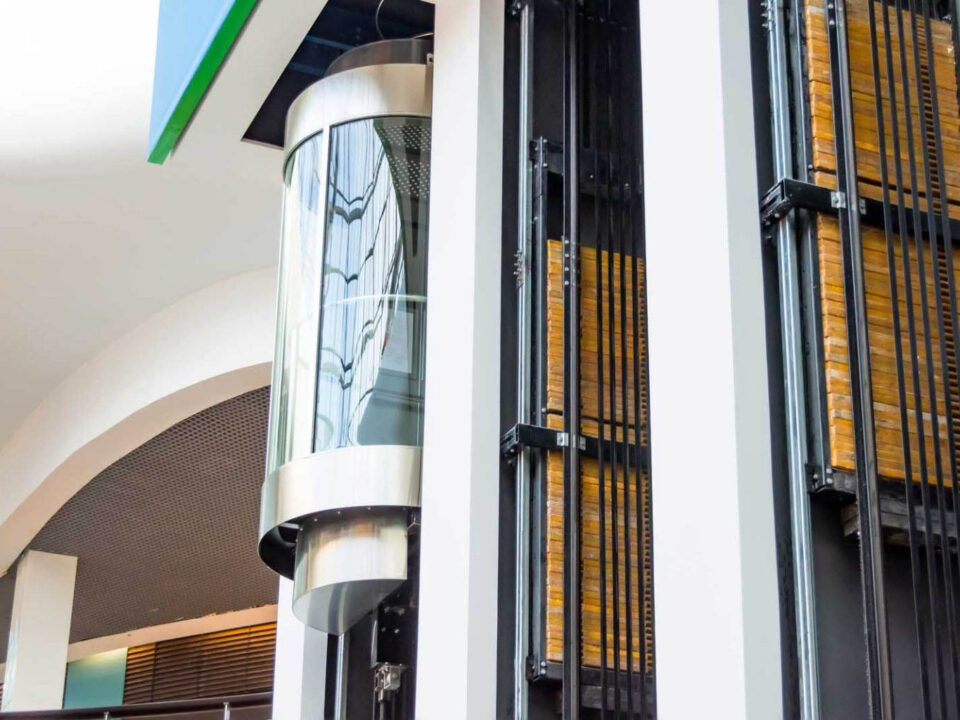
Royal Lift company:Elevators suitable for transporting goods
January 17, 2025
Moving Walkway
February 7, 2025This post is also available in:
العربية (Arabic)
فارسی (Persian)
The Importance of Using Elevators in Buildings
Today, with population growth and urbanization, the construction of high-rise and multi-story buildings has become a necessity. In such buildings, moving between floors poses a significant challenge, especially for the elderly, children, or individuals with mobility limitations. This is where elevators come into play as an efficient and essential solution.

Elevators not only make movement easier and faster but also contribute to enhancing the safety and comfort of building residents. Additionally, installing elevators in multi-story buildings can increase the property value, making it a more attractive option for buyers or tenants.
In this post, we will explore the reasons for using elevators in buildings and their benefits. From saving time and energy to improving the quality of life for residents, elevators play a key role in the design and operation of modern buildings. Stay with us to learn more about this useful technology!
Choosing the Type of Elevator:
Selecting the right type of elevator for multi-story buildings depends on several factors. The first step is to assess the required capacity; the elevator must be able to handle the number of residents or users during peak hours. Additionally, the speed and height of the elevator should align with the building’s height and user needs.
The type of elevator (traction, hydraulic, or machine-room-less) is also chosen based on available space and maintenance costs. For high-rise buildings, traction elevators are usually the better option, while for low-rise buildings, hydraulic elevators can be more cost-effective. Furthermore, considering energy consumption and advanced technologies, such as smart control systems, can help optimize the elevator’s performance.
In this project, we selected and installed an elevator based on the area built, the population, the exit doors, and most importantly, the type of building, height, and other parameters.
Finally, consulting with installation and operation experts and reviewing safety standards ensures that the chosen elevator delivers the best performance and longevity for your building.

Elevator shaft
Preparing the Elevator Pit and Installation Site:
Preparing the elevator pit and installation site is one of the most critical steps in the elevator installation process. This stage requires precision and careful planning to ensure the elevator is installed correctly and safely. Below are some key points to consider:
1. Inspecting and Designing the Elevator Pit
- Before starting work, the elevator pit must be inspected for dimensions, depth, and structural integrity. The pit dimensions must comply with the standards of the selected elevator.
- The pit design should provide sufficient space for the installation of the motor, cabin, and control systems.
- Additionally, the pit should be checked for resistance to moisture and water infiltration to prevent potential damage.
- The installation site must be prepared in terms of physical space and access to power and control systems.
- If the elevator is being installed in an older building, structural reinforcement or modifications to the building may be required.
- Ensure the installation site is properly marked and all measurements are taken accurately.
3. Required Equipment and Tools
- Before starting work, all necessary equipment and tools, such as cranes, scaffolding, measuring systems, and safety gear, must be ready.
- Additionally, construction materials such as concrete, steel, and moisture barriers should be available in sufficient quantities on-site.
4. Compliance with Safety Standards
- During the preparation process, compliance with safety standards, such as the use of personal protective equipment (PPE) and the installation of temporary barriers around the pit, is essential.
- Also, ensure there are no obstacles or potential hazards at the installation site.
5. Coordination with the Installation Team
- Before starting work, coordinate with the installation team and contractors to ensure all steps proceed smoothly and without interruptions.
- Detailed planning for the installation timeline and system testing is also crucial.
By following these steps, you can ensure the elevator pit and installation site are properly prepared, and the installation process is carried out safely and efficiently. This stage lays the foundation for the optimal performance and longevity of the elevator.
How to Install an Elevator:
Installing an elevator is a precise and specialized process that requires planning, coordination, and adherence to safety standards. Below is a step-by-step guide to the general installation process:
1. Initial Inspection and Planning
- Before starting the installation, review all building and elevator technical specifications and blueprints.
- Plan the installation timeline, equipment procurement, and coordination with the installation team.
- Ensure the elevator pit and installation site are properly prepared.
2. Installing Rails and Guides

Elevator rails
- The vertical rails, which guide the cabin and counterweight, must be installed with precision and proper alignment.
- Use measuring tools such as lasers to ensure the rails are perfectly aligned.
- Guides must also be installed correctly to ensure smooth and safe movement of the cabin and counterweight.
3. Installing the Motor and Drive System
- The elevator motor and traction machine should be installed in the designated location.
- Ensure the motor is properly connected to the power supply and the control systems are configured.
- For hydraulic elevators, install the pump and hydraulic cylinders as well.
4. Installing the Cabin and Counterweight
- The elevator cabin and counterweight must be installed with precision and safety.
- Use appropriate lifting equipment, such as cranes, to move and install these components.
- After installation, ensure the cabin and counterweight are properly aligned on the rails.
5. Connecting Control and Safety Systems
- The elevator control systems, including control panels, call buttons, and displays, must be installed and configured correctly.
- Safety systems such as emergency brakes, motion sensors, and alarm systems should also be installed and tested.
6. Initial Testing and Commissioning
- After complete installation, conduct initial tests to ensure the system functions correctly.
- Perform tests such as cabin movement, brake functionality, control system responsiveness, and safety system checks.
- Address any issues before final commissioning.
7. Handover and User Training
- Once the elevator’s proper functionality is confirmed, hand it over to the building owner or manager.
- Provide necessary training on usage, maintenance, and safety procedures to the users.
8. Regular Maintenance and Servicing
- To ensure optimal performance and longevity, establish a regular maintenance and servicing schedule.
- Include periodic inspections and replacement of worn-out parts in the plan.
By following these steps, you can ensure the elevator is installed correctly and will operate safely and efficiently. This process requires collaboration among specialized teams and strict adherence to technical and safety standards.
Testing and Commissioning the Elevator: Key Points
After installing the elevator, the testing and commissioning phase is crucial to ensure the system operates correctly and safely. During this phase, the movement, control, and safety systems are thoroughly checked. Tests such as cabin movement between floors, emergency brake functionality, call button responsiveness, and alarm systems are conducted. Additionally, ensure all components are functioning properly and energy consumption is optimized. Once the system’s flawless performance is confirmed, the elevator is commissioned for use by the building’s residents or users.




